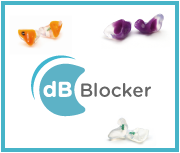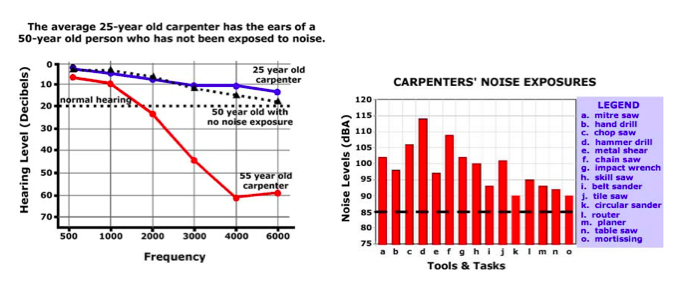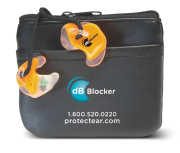Hearing Protection That Is More Proficient Than Ever
Those of you who visit the Custom Protect Ear (CPE) website often will have noticed a change recently (if you are one the site regularly you either work for us or need to get out more). For the first time in our 36-year history, CPE is distributing a product we don’t make. We have decided to distribute the Sensear product line in conjunction with our dB Blocker hearing protectors. Why? Because we are committed to being proficient in all forms of hearing protection for all circumstances. Adding the Sensear product line completes our range (and completes Sensear’s product line as well).
Hearing Protection to complete the CPE Product Range. How?
If you wear hearing aids you need to preserve what is left of your hearing (I certainly would). How do you do that? You need your hearing aid(s) to fill in the missing frequencies so you know what is happening around you. But you still need to reduce the overall volume to a safe level. That an easy job for a muff style hearing protector. BUT with most muff style hearing protectors you lose the ability to “hear” from where sounds are coming. This loss of “situational awareness” can be deadly in a online casino noisy plant. 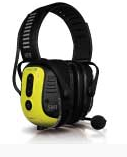
Using the Sensear Smart Muff we can now provide the hearing protection you need with enhanced situational awareness. Finally, we have the right solution for persons who have already lost some hearing.
Ever been in a smelter? The air can be toxic, the noise is deafening, but people have to work there. To keep safe they wear protective suits with helmets and shrouds. To breathe they wear respirators connected to breathable air. And to communicate they…exactly, how do you communicate with a shroud over your head and a respirator on your mouth?

You use the Sensear SP unit with a dB Blocker earpiece. The earpiece and SP unit capture speech in the ear and broadcast it on whichever radio you are using. Using Sensear’s SP with a dB Blocker earpiece you can now have perfect hearing effective radio communication in up to 110 dBA of noise.
Person to person communication? How about hand signals.
Double Protection Smart Muffs
Mining is a noisy business. Some parts of mining are noisier than others. When you have miners working in various parts of the mine, it often difficult to ensure they always have the right amount of protection from the noise – not too much and certainly not too little. Using dB Blockers, we provide miners with great personal protection that will allow them to hear the “roof” and warning sounds. When they have to move to louder areas, we fit a Sensear Smart Muff right over their blockers and they can hear their radios and speak to others in up to 120 dB (using the SDP muff). 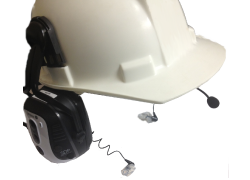
These are just a few of the applications CPE can now address more capably by distributing Sensear. Sensear also now has access to custom made earpieces for their units which affords the wearer enhanced comfort and attenuation. It’s a marriage made in hearing.
